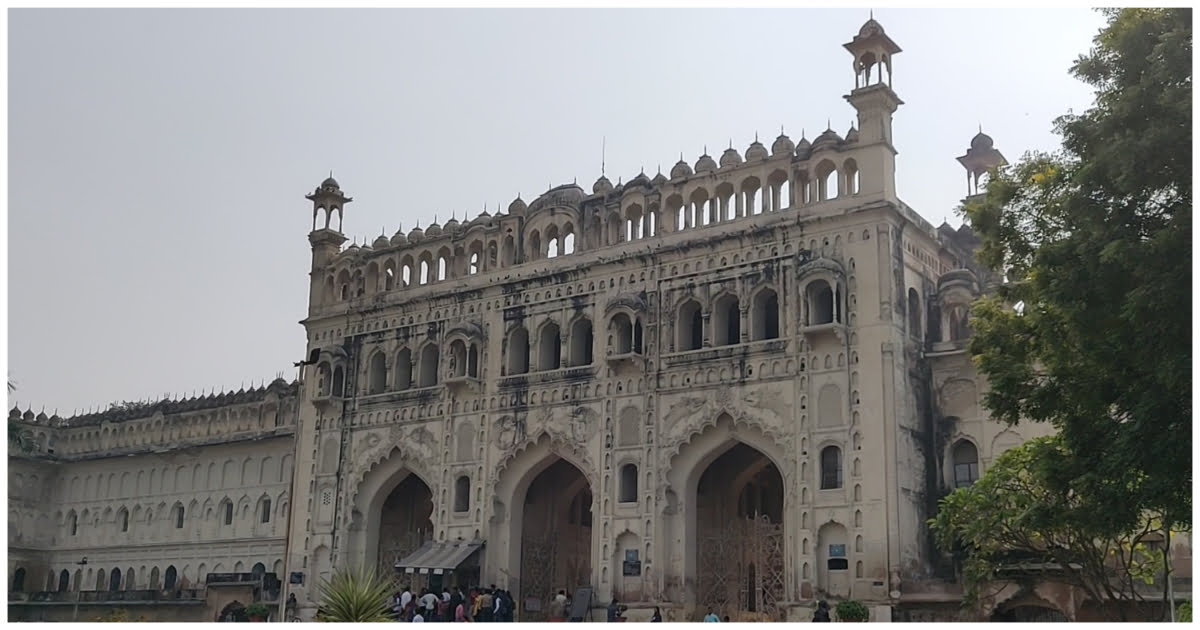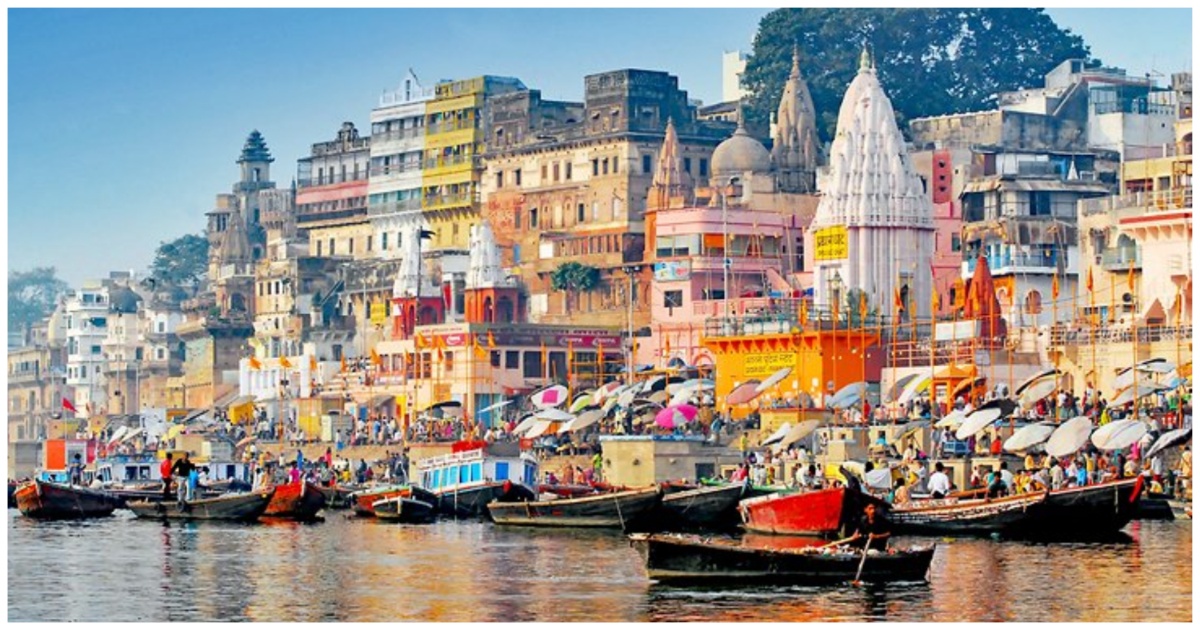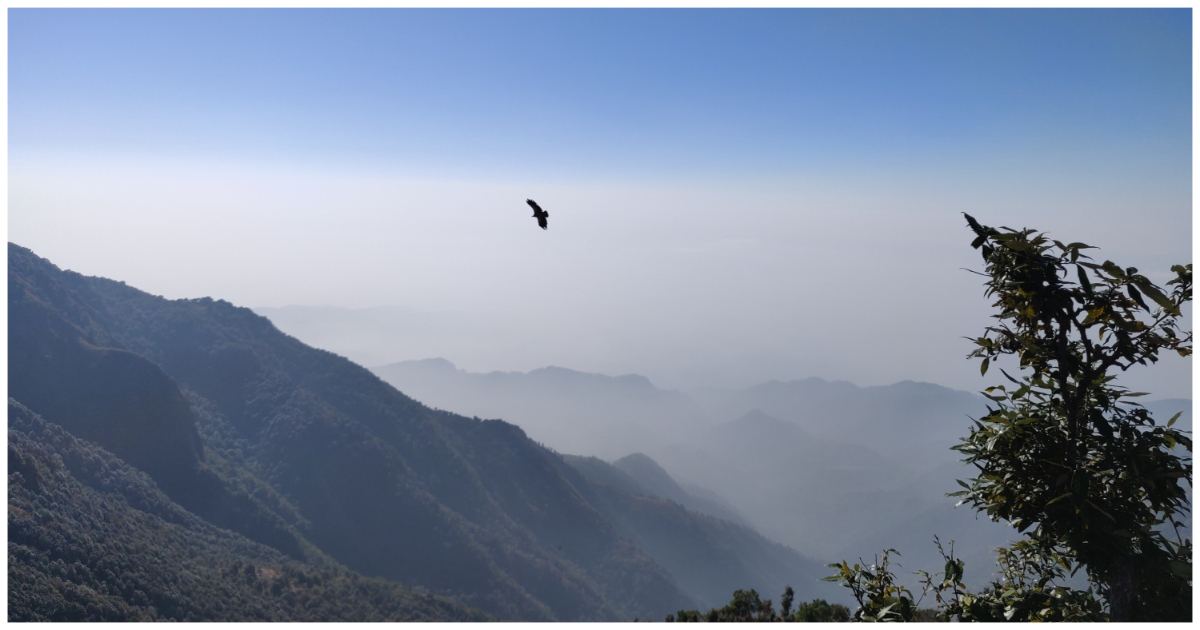Bara Imambara is a historical monument in the city of Lucknow, India. Also known as Asafi Imambara, this grand structure is a masterpiece of Mughal architecture and has been a symbol of the city’s cultural and architectural heritage for more than two centuries.
History of Bara Imambara
Bara Imambara was built in 1784 by Nawab Asaf-ud-Daula, the fourth Nawab of Awadh, to provide employment to the people during the severe famine that struck the region in the late 18th century. The construction of the monument took almost ten years and employed over 20,000 workers, including skilled artisans and labourers.
The monument was designed by Kifayatullah, an architect from Delhi, and is believed to be the largest arched structure in the world without any pillar support. The central hall of the Bara Imambara is 50 feet high and spans over 162 feet in length and 53 feet in width. The hall can accommodate more than 20,000 people at a time.
Also Read: Shatranj Ke Khilari (Chess Players) -1977
Relevance of Bara Imambara
Bara Imambara is not just a historical monument but also an important cultural landmark in Lucknow. It is a symbol of the city’s glorious past and a testament to the Nawabi culture that once thrived in the region. The monument is also a popular tourist destination, attracting thousands of visitors every year from across India and the world.
Apart from its architectural grandeur, Bara Imambara is also known for its unique labyrinth, Bhool Bhulaiya. The maze-like structure is believed to have been designed to confuse intruders and protect Nawab’s treasures. Today, it is a popular tourist attraction where visitors can get lost in the maze and enjoy the thrill of finding their way out.
Also Read: Fatehpur Sikri: A unique blend of Islamic and Hindu Culture
Urban legends of Bara Imambara
Bara Imambara is also shrouded in urban legends and folklore, which add to its mystique and allure. One of the most popular legends associated with the monument is the story of the secret tunnels that are believed to run beneath the structure. According to local folklore, these tunnels were used by the Nawabs to escape in times of danger and also to smuggle their treasures.
Another legend associated with Bara Imambara is that of the missing fourth floor. According to the legend, Nawab Asaf-ud-Daula had originally planned to build a fourth floor on top of the monument, but he was advised against it by his chief architect. However, some people believe that the fourth floor was actually built, but it was later destroyed by the British during their rule in India.
Overall, Bara Imambara is not just a historical monument but a cultural symbol of Lucknow. Its grandeur and unique features make it a must-visit destination for tourists and history buffs alike. The urban legends associated with the monument only add to its mystique and make it all the more fascinating. A visit to Bara Imambara is a journey back in time and a glimpse into the rich cultural heritage of India.




